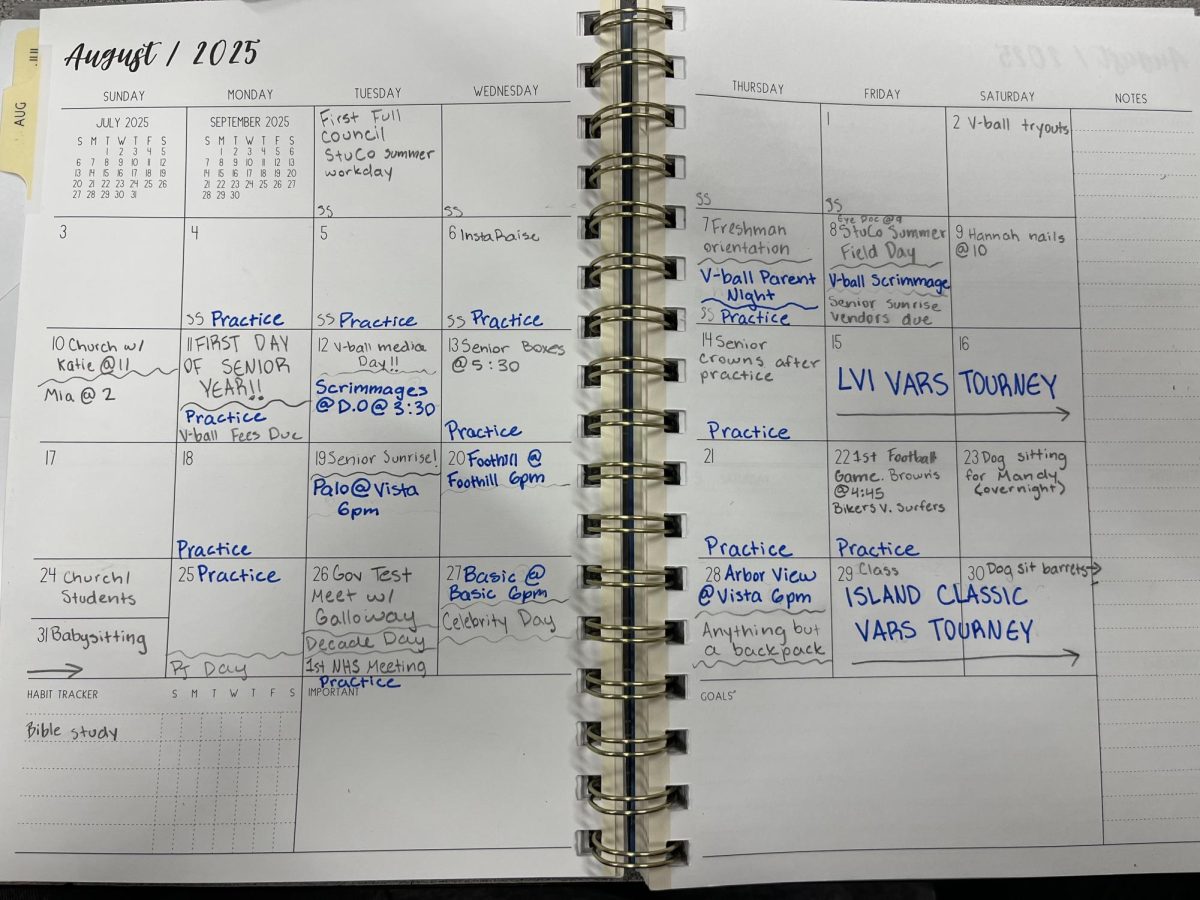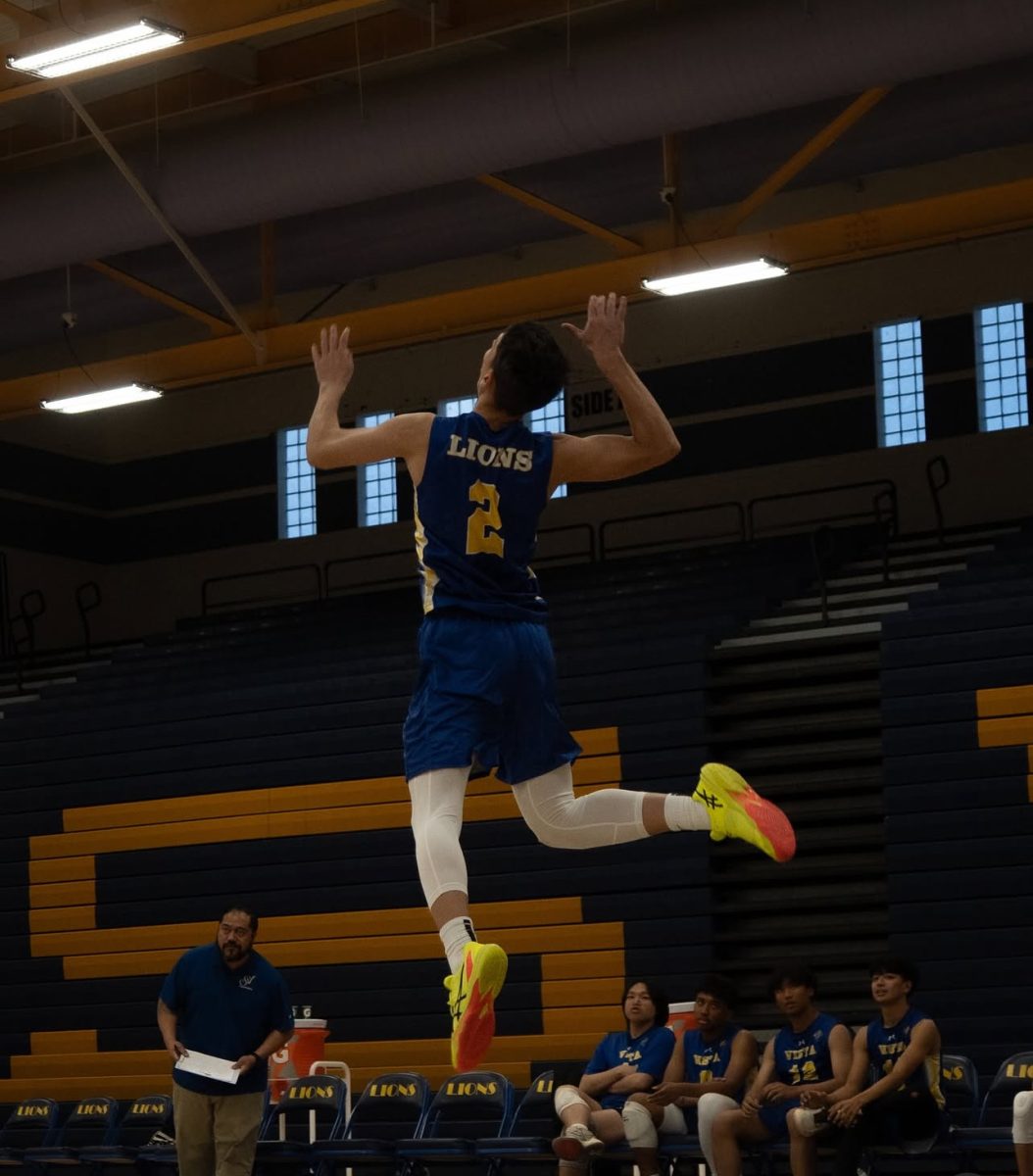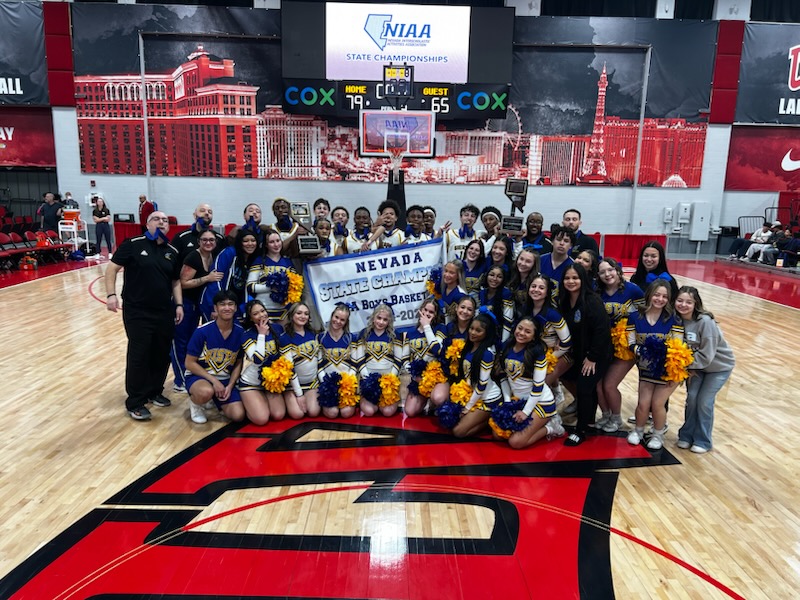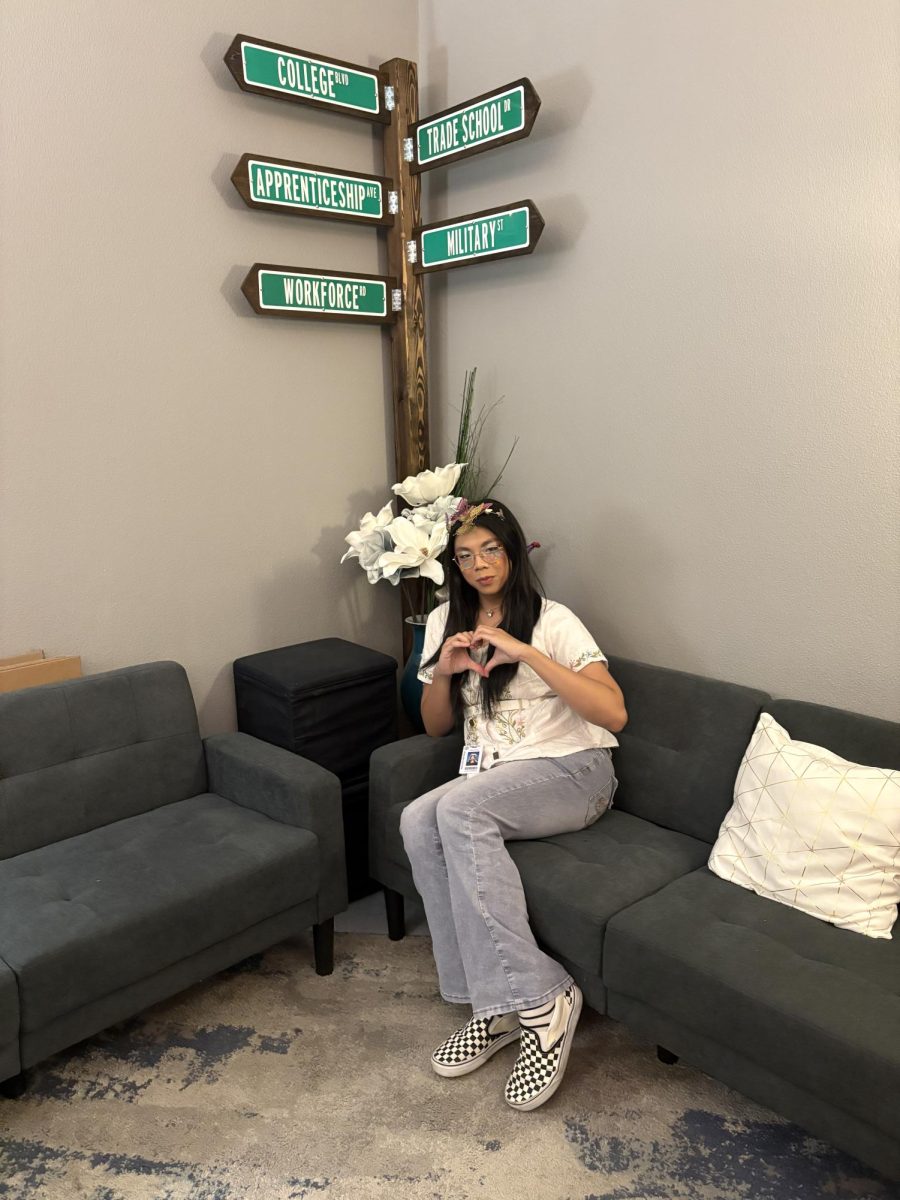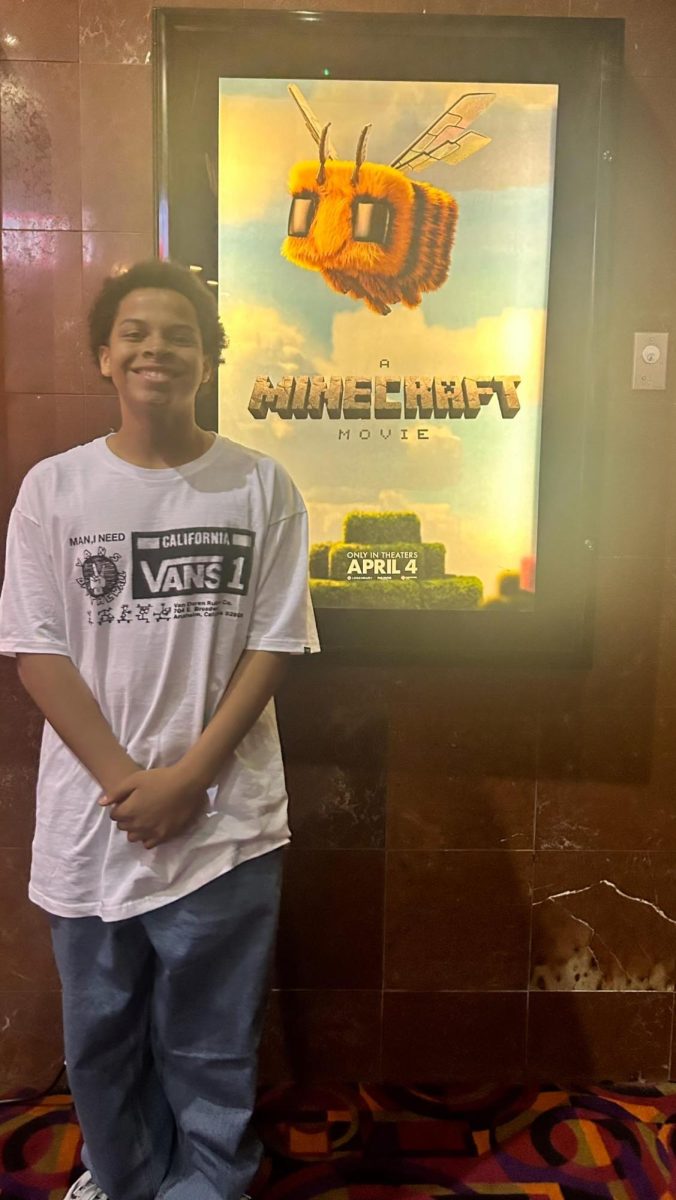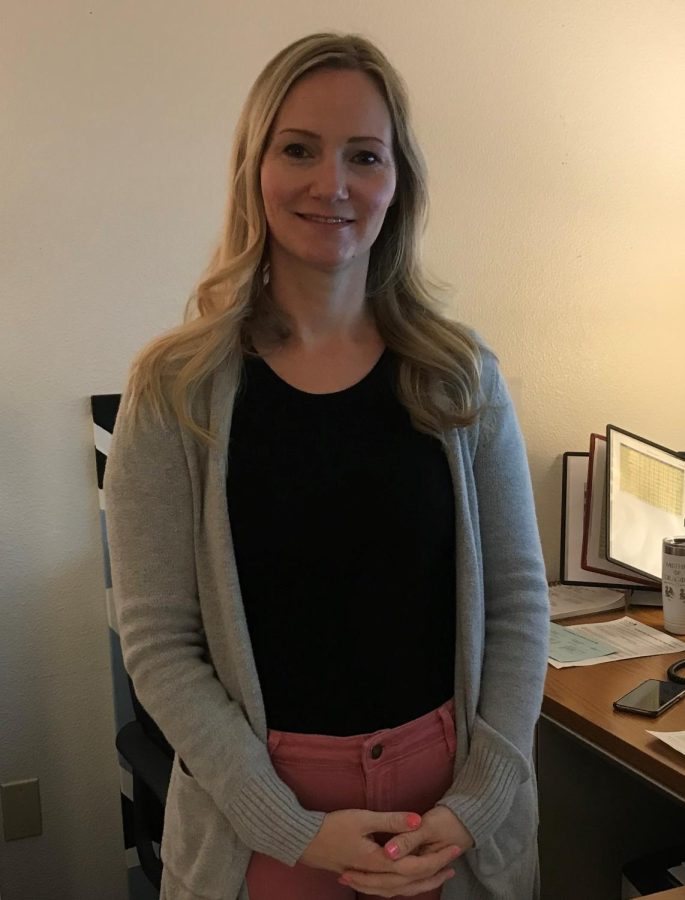Cyberbullying: Time to Take a Stand
Sierra Vista counselor Ms. Mandy Lange talks about what to do whenever students experience cyberbullying.
May 2, 2022
During online instruction for the 2020-2021 school year, studies show a decline in instances of cyberbullying. Since teenagers spend a fair amount of time engaging in various social media
platforms, the probability that they will encounter some form of cyberbullying is high. Cyberbullying uses electronic devices to bully a victim by sending negative and unwelcome comments and or threats through social media; Instagram has the highest rate of cyberbullying, bullies can make a fake account and easily harass their target without any fear of repercussions
or consequences.
In 2019, ABC News reported that the number of cyberbullying cases rose among middle school and high school students. All states have laws requiring schools to respond to cyberbullying
(Assistant Secretary for Public Affairs). 64% of students who experienced cyberbullying said that it affects their ability to learn and feel safe at school (Patchin). Cyberbullying causes victims to have mental health problems such as stress, anxiety, depression, and even worse, cyberbullying causes victims to be suicidal (Kaspersky). Victims will think that something is wrong with them because of the bullies who are making the victims have low self esteem. Victims will begin to ask themselves why they are experiencing cyberbullying and think that it is somehow their fault.
Cyberbullying does not just impact the mental health of a student, there can be physical effects too, like difficulty sleeping, and eating disorders. Pew Research Center showed that boys and girls have similar rates of cyberbullying, but according to some researchers, girls were more likely to be the target of cyberbullying (Kindelan). Girls reported to experience three times more harassment than boys. Bullies can bully anonymously, making them not afraid to do so. Bullies feel powerful when they hurt others. Bullying helps them to feel popular and powerful, a reason for them to keep
bullying. Cyberbullies may think their behavior is normal and socially acceptable (Why Do People Cyberbully?).
Clark County’s Safe Voice program (found on CCSD.net) allows students to report their concerns and threatening situations anonymously. Most of the students are afraid to report what they are experiencing inside the campus, so schools encourage students to report their concerns to Safe Voice by dialing 833-216-SAFE or by downloading the Safe Voice app.
Students who seek help from their counselor can help to stop cyberbullying inside the school. Ms. Mandy Lange, one of Sierra Vista’s counselors said, “It is very important that you do not engage with the cyberbully. They are looking to get a reaction out of you and aggravate you and they want you to respond,” Ms. Lange further adds, “Never give a cyberbully what they want. Ignore the comments or messages. Take screenshots and share your story with a trusted adult, your school administration, or a law enforcement agency.”
Taking a stand against any kind of bullying will help to prevent or stop cyberbullying. Reaching out for help will also help the healing process because no one would want to continue bullying if bullies know that the victim has the courage to take a stand against them.










